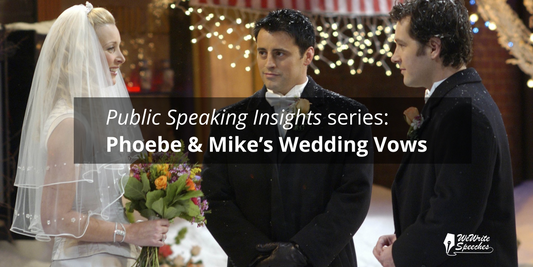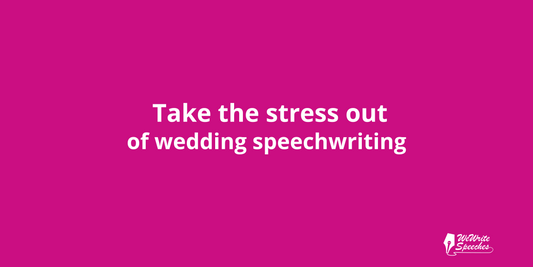Picture this: You're standing in front of a roaring crowd, heart pounding, the spotlight on you. You open your mouth to speak, and words flow effortlessly, as naturally as breathing. Each phrase, each pause, and each punchline lands precisely as you had planned. It's as if you've lived this moment before - because, in fact, you have. Welcome to the power of visualization, the secret technique used by world-class athletes, performers, and speakers alike to deliver flawless performances. Dive in, as we explore how this method can transform your speech delivery and make forgetting your lines a thing of the past!
What is Visualization?
Visualization is a cognitive tool that allows you to imagine your speech's content as mental images. When you visualize your speech, you create a mental storyboard. This technique is based on the idea that our brains can process and recall images more efficiently than text. In essence, transforming abstract ideas into concrete images helps anchor the content in our minds, making it easier to remember.
The Picture Superiority Effect
Our brains are wired to remember visual details. A phenomenon known as the Picture Superiority Effect shows that humans more easily remember items presented as pictures than as words. That's why this method is not just useful, but also aligned with how our memory naturally functions.
How to Use Visualization for Speech Delivery
To harness the power of visualization for your speech delivery, start by breaking down your speech into main points or sections. Then, create mental images or scenarios that represent each point. The more vivid and detailed the image, the better.
For example, if you're delivering a speech about climate change, you might visualize a polar bear on a shrinking ice cap for the effects of global warming. For discussing solutions, you could imagine a vibrant, verdant earth recovering its health with renewable energy symbols like wind turbines or solar panels.
It's also beneficial to involve other senses in your visualization. What can you hear, touch, or even smell in your scenario? The more immersive your visualization, the more effective it will be.
By immersing yourself in the visualization process, you create an experience beyond mere thoughts. It becomes a sensory journey where you can truly connect with your speech content. Imagine the feel of the podium beneath your fingertips, the audience's applause ringing in your ears, or the scent of excitement in the air. This level of immersion adds depth and authenticity to your delivery.
Conclusion
Visualizing your speech is like giving a pre-performance in your mind's theatre. It primes your brain to remember your material more effectively and makes you more comfortable with your content. Not to mention, it can help alleviate pre-speech nerves, as you've already 'seen' your success in your mind's eye.
So, before your next speech, take a moment to close your eyes and visualize your success. Transform your words into vivid mental images, and you might be surprised at how smoothly your delivery goes. Remember, a speech well visualized is a speech well remembered!
This blog is part of a series on speech memorization techniques. To see the other blogs in the series (and a lot of cute foxes) click here.
FAQs
-
How long should I spend visualizing my speech?
The amount of time may vary depending on the individual and the complexity of the speech. However, allocating at least 10-15 minutes for visualization can significantly enhance your delivery. -
Can visualization help with impromptu speeches?
While visualization is typically associated with prepared speeches, it can also be beneficial for impromptu speeches. By quickly visualizing a mental structure and key points, you can boost your confidence and coherence. -
What if I struggle to create vivid mental images?
Visualization is a skill that can be developed with practice. Start by focusing on small details and gradually build up to more elaborate scenes. Over time, your ability to create vivid mental images will improve. -
Should I use visualization for every speech I deliver?
Visualization can be a valuable tool for various types of speeches, whether they are informative, persuasive, or entertaining. Experiment with visualization and assess its effectiveness based on your personal experience. -
Can visualization help with reducing stage fright?
Yes, visualization can help reduce stage fright. By repeatedly visualizing successful performances, you condition your mind to associate the stage with positive emotions and outcomes, easing anxiety over time.




